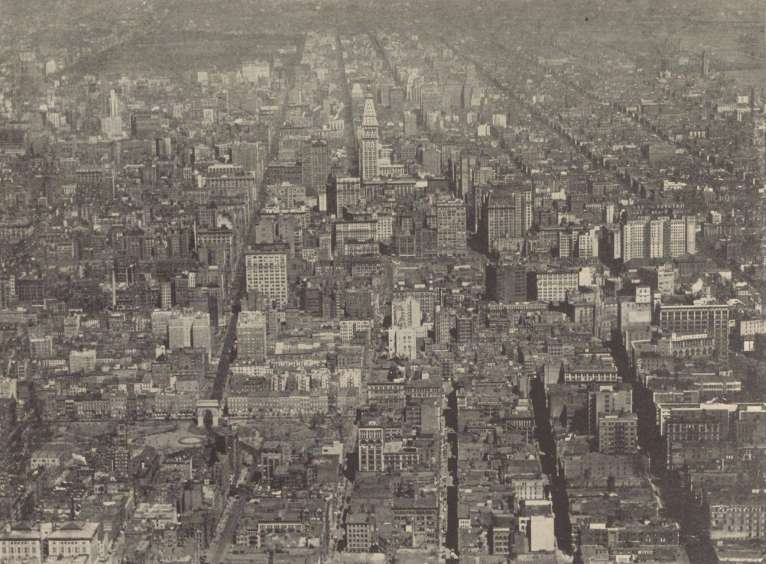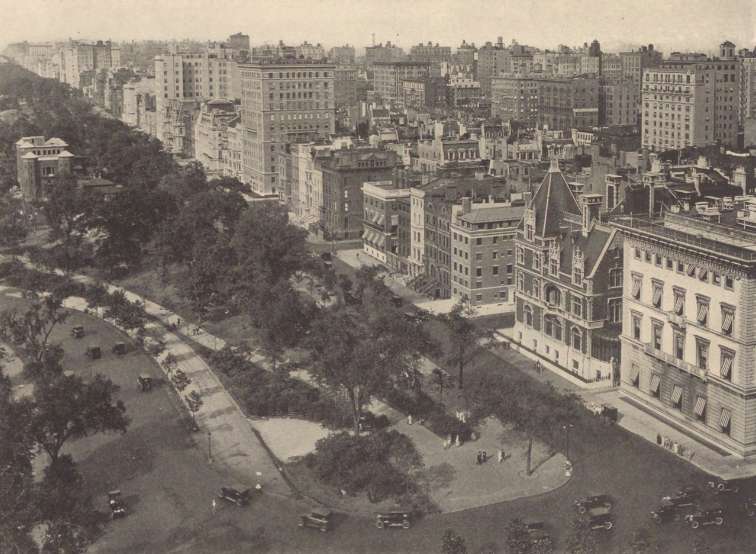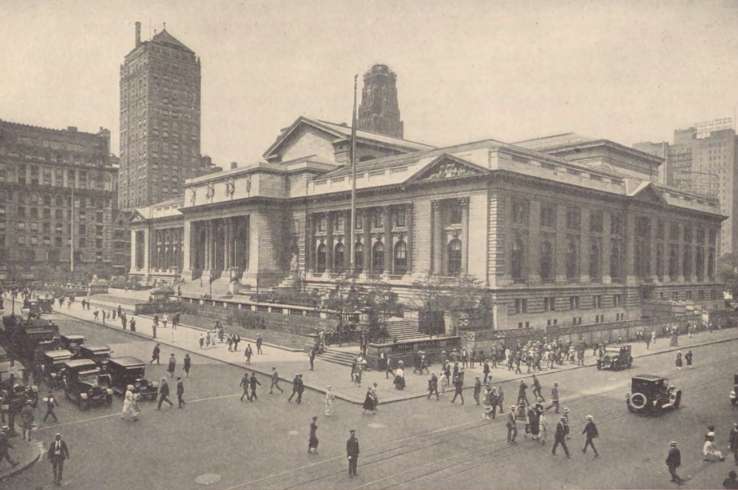The Roaring Twenties

Today’s blog post features a book from the State Library of Ohio’s collection that just entered the public domain: Fifth Avenue Old and New 1824-1924 by Henry Collins Brown. Published by the Fifth Avenue Association in 1924, it celebrates the history of one of New York City’s most famous streets and captures images of life in the city during the Roaring Twenties.

The decade between the end of World War I and the beginning of the Great Depression was characterized by a strong economy and major cultural shifts. The nation’s wealth more than doubled between 1920 and 1929, and many Americans moved from rural areas to cities in search of new social, cultural, and employment opportunities.
The 18th Amendment to the U.S. Constitution took effect in January 1920, prohibiting the “manufacture, sale, or transportation of intoxicating liquors for beverage purposes.” Although the Temperance movement sought to ban liquor as a way to promote morality, Prohibition had unintended consequences. Organized crime flourished in New York City and throughout the nation as petty gangsters formed large crime syndicates to fill the demand for illegal alcohol.

Women won the constitutional right to vote with the ratification of the 19th Amendment in August 1920, giving them a voice in local and national politics and policy. This empowerment was reflected in women’s fashion, which shifted from the longer dresses of the early 1900s to the less restrictive shorter hair and shorter skirts of the flapper style.
Jazz and blues flourished in Harlem, ushering in the Jazz Age and introducing the world to greats like Duke Ellington, Louis Armstrong, and Bessie Smith. This trend, too, spread across the country via a relatively new invention: radio.
The first commercial radio station in the U.S. started broadcasting in 1920. One of the pioneers in this new industry was Cincinnati inventor and entrepreneur Powel Crosley Jr. When his son asked for a radio in 1921, Crosley was surprised to find that toy radios cost more than $100. He hired two University of Cincinnati students to design a low-cost version, and later that year introduced the “Harko” at a sales price of $7.00. By 1925, the Crosley Radio Corporation was the largest radio manufacturer in the world, and by the end of the decade, more than 12 million homes had radios. No other invention at the time did more to spread music, sports, advertising, and ideas throughout the country.

Like Fifth Avenue Old and New, works published in the United States in 1924 entered the public domain on January 1, 2020, under U.S. law, and are now free to use, perform, and adapt. Other works new to the public domain this month include The Gift of Black Folk by former Ohio resident W. E. B. Du Bois, a sociologist, activist, and one of the founding members of the NAACP; Beggars of Life by Hollywood writer and Ohio native Jim Tully; and The Green Bay Tree, the first novel by Ohioan Louis Bromfield, who would go on to win a Pulitzer Prize in 1927 and host the 1945 wedding of Humphrey Bogart and Lauren Bacall at his Richland County home, Malabar Farm.
As Ohio Memory celebrates its 20th anniversary, we wish you a happy Public Domain Day and a happy and prosperous 2020!
Thank you to Stephanie Michaels, Research and Catalog Services Librarian at theState Library of Ohio, for this week’s post!
Ohio Memory is celebrating 20 years! Visit our blog all year long to learn more about our program, partners and collections.



Leave a Reply
You must be logged in to post a comment.